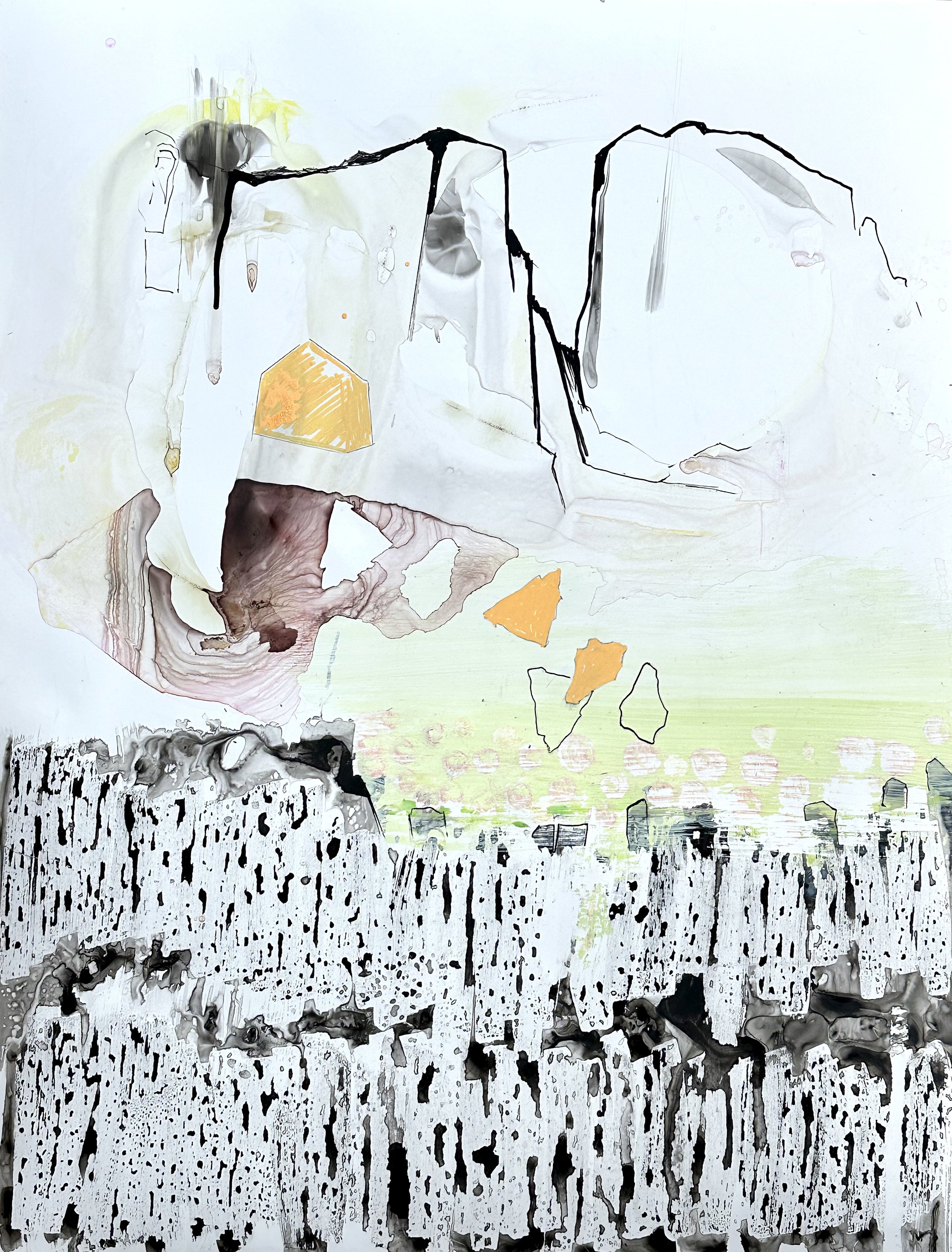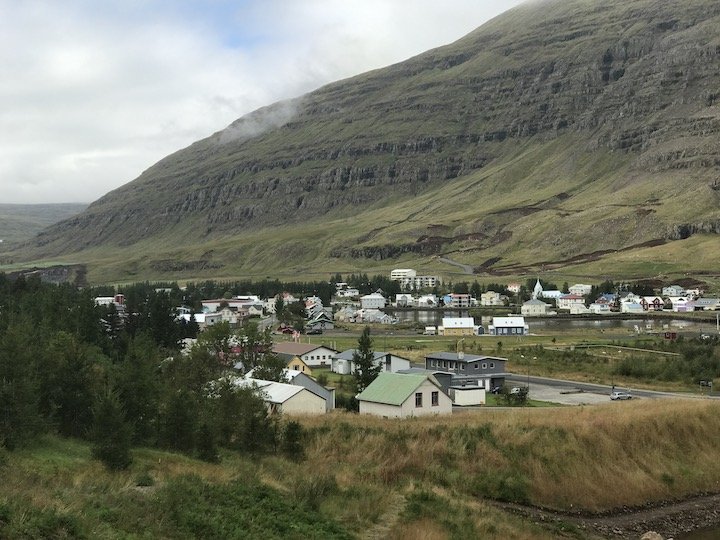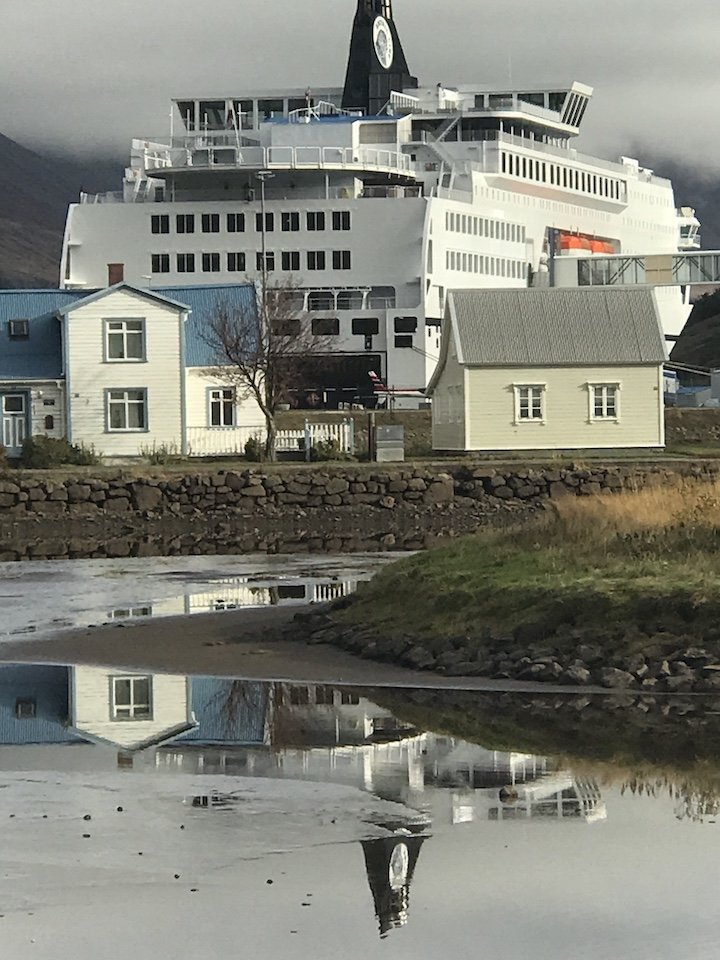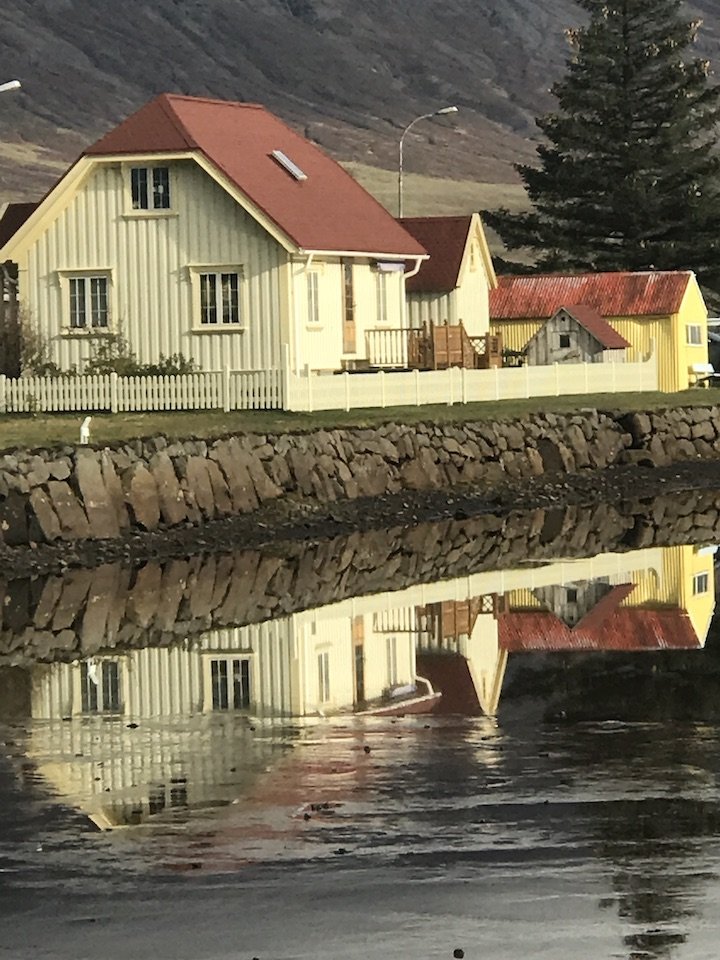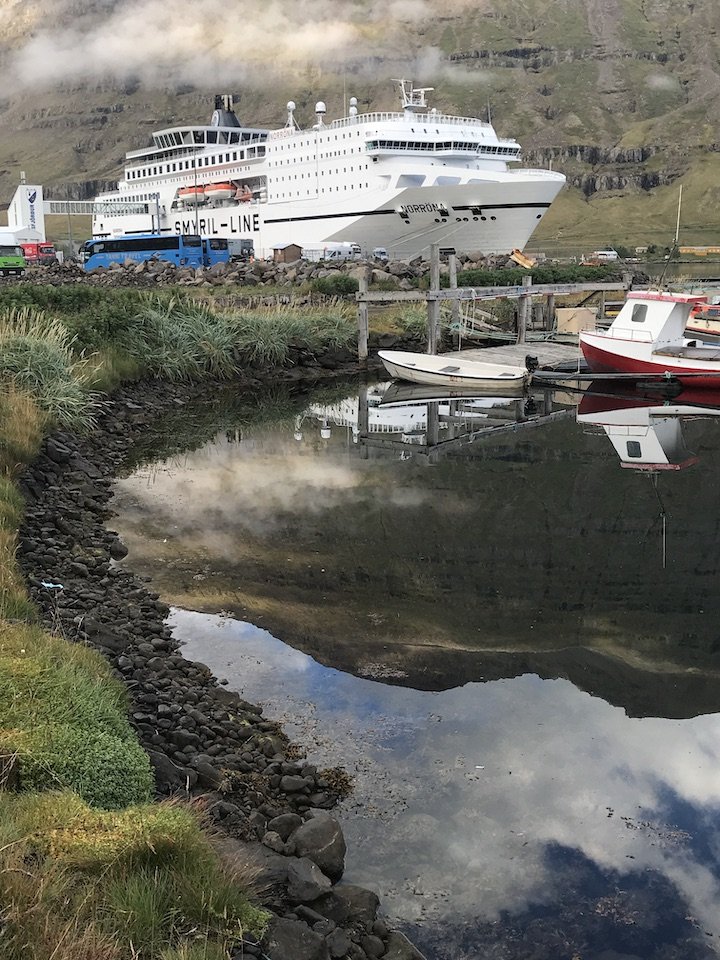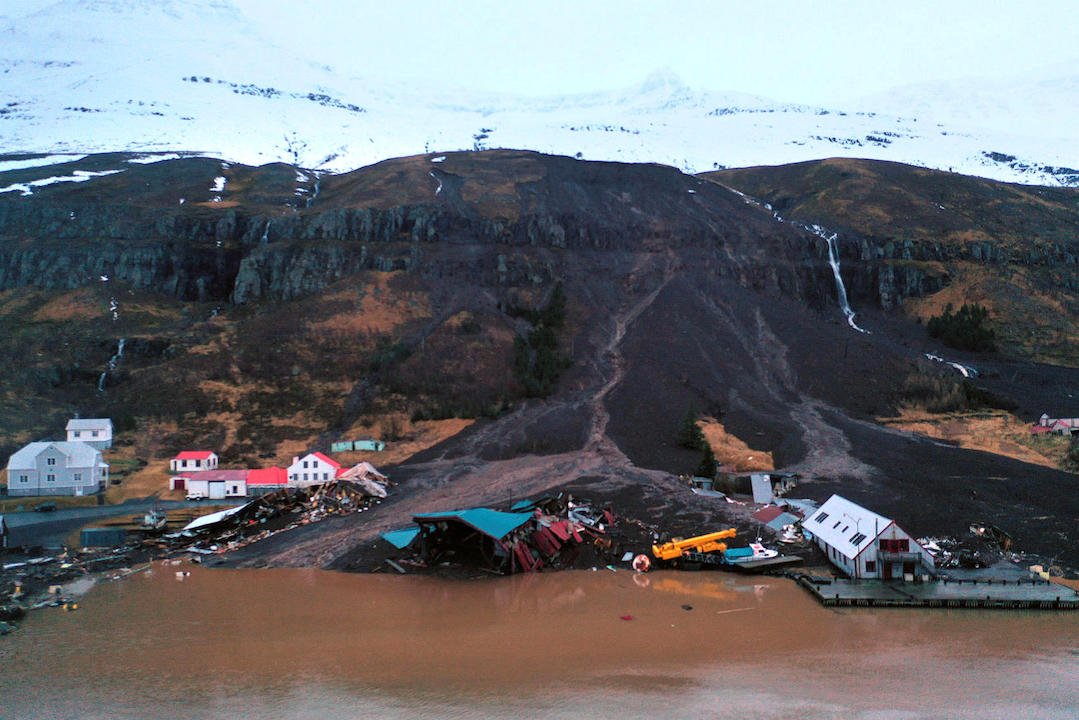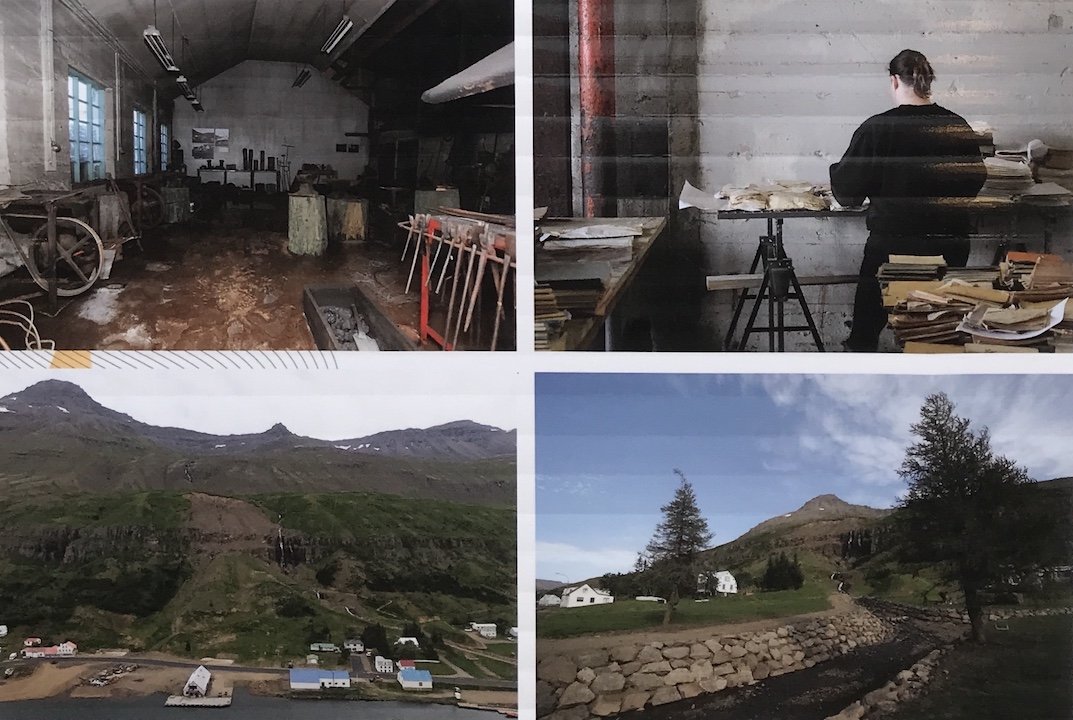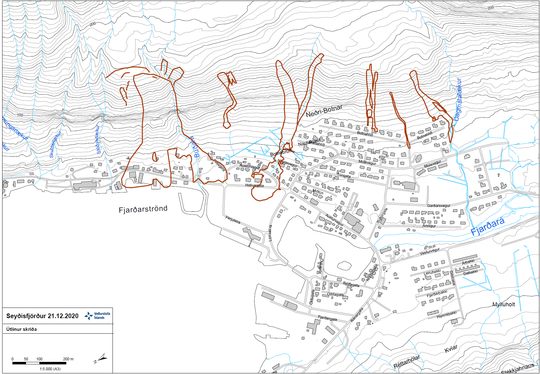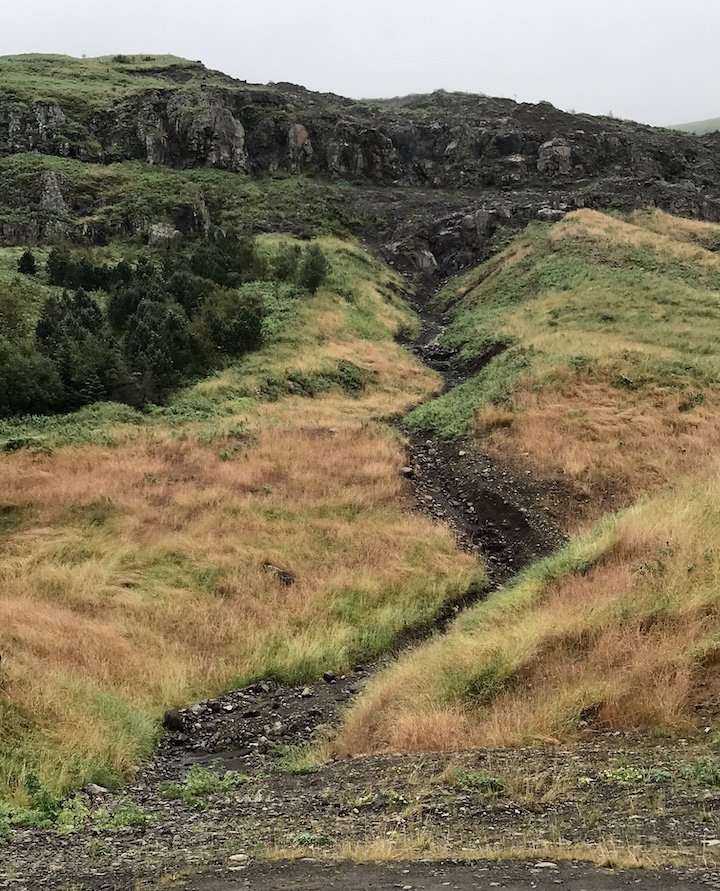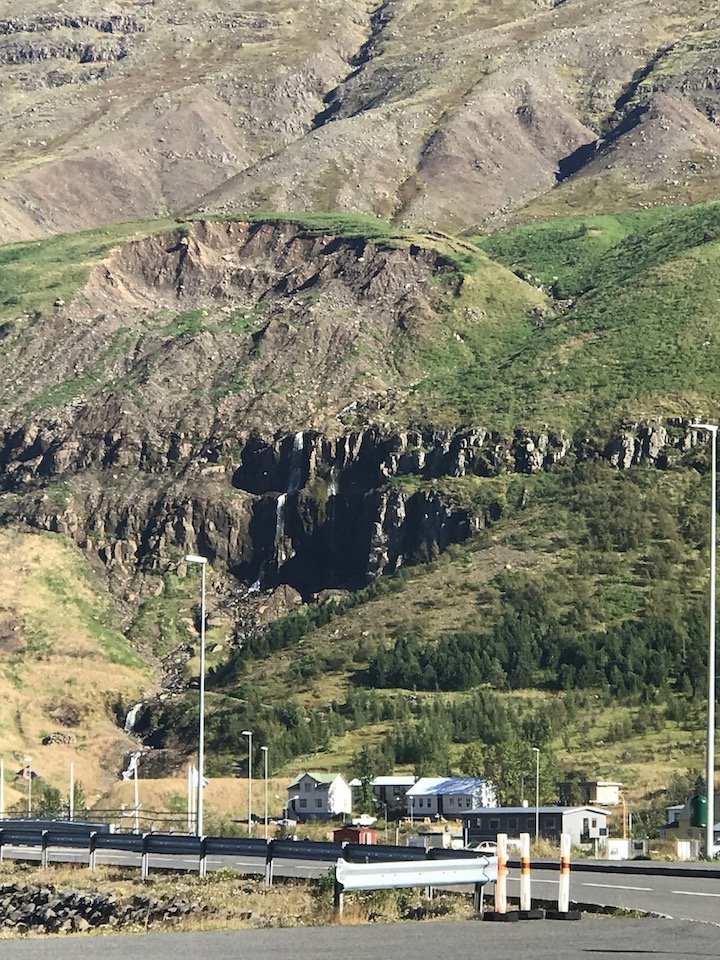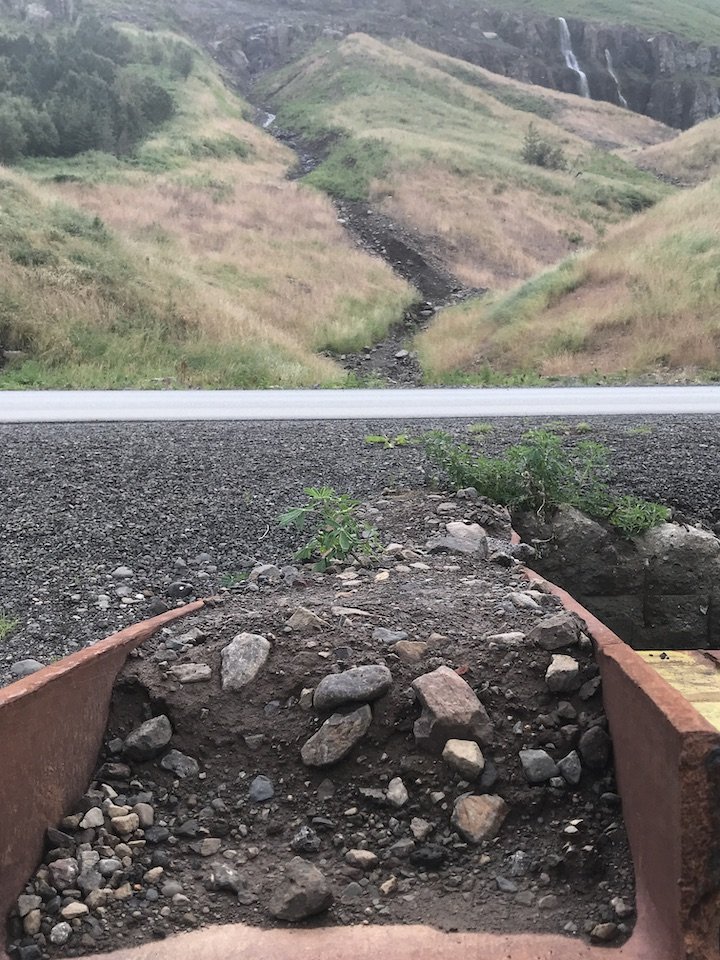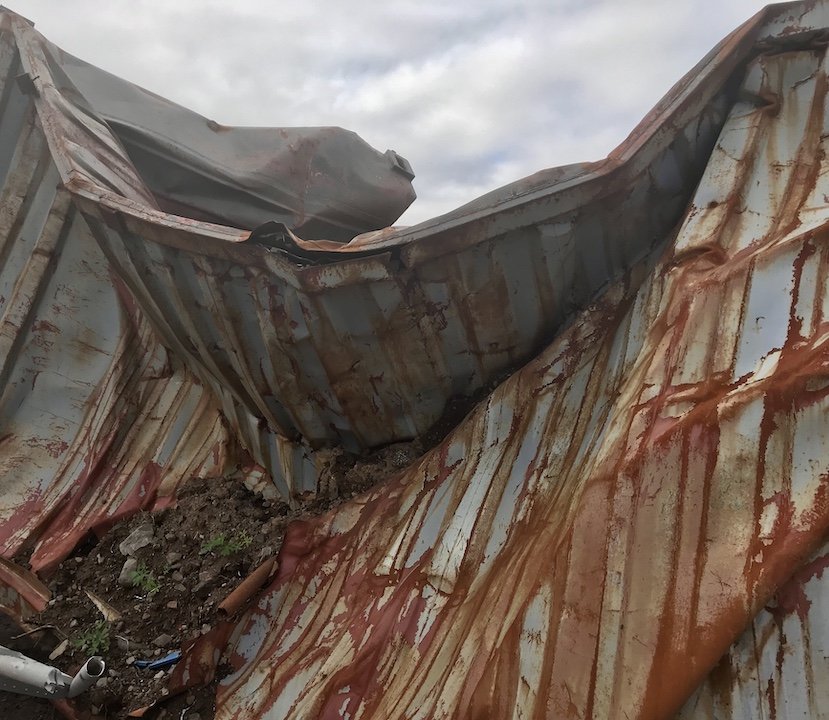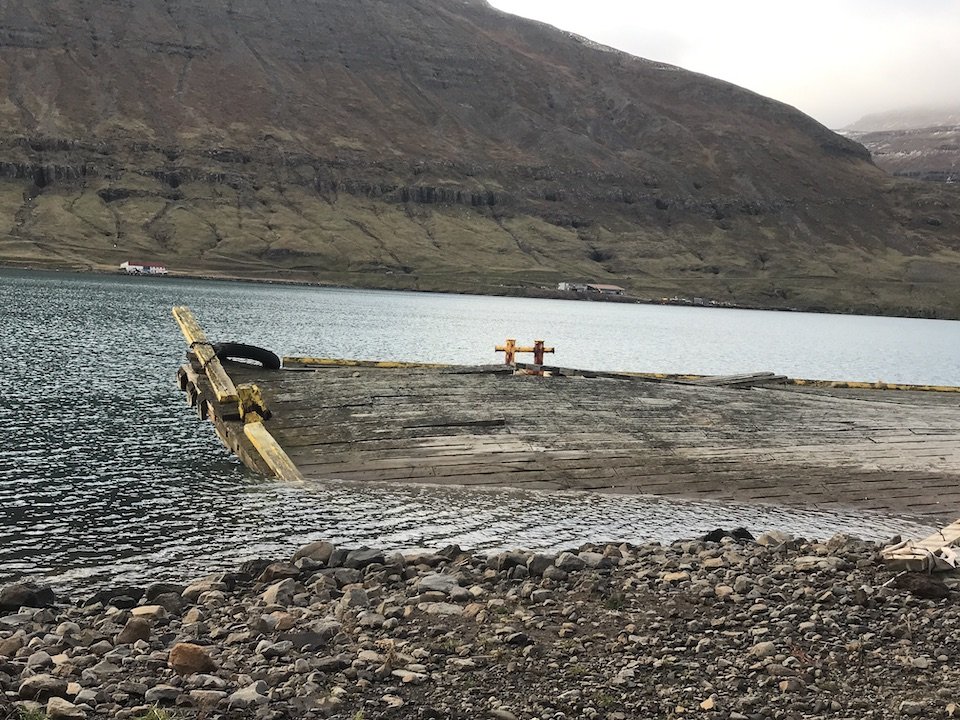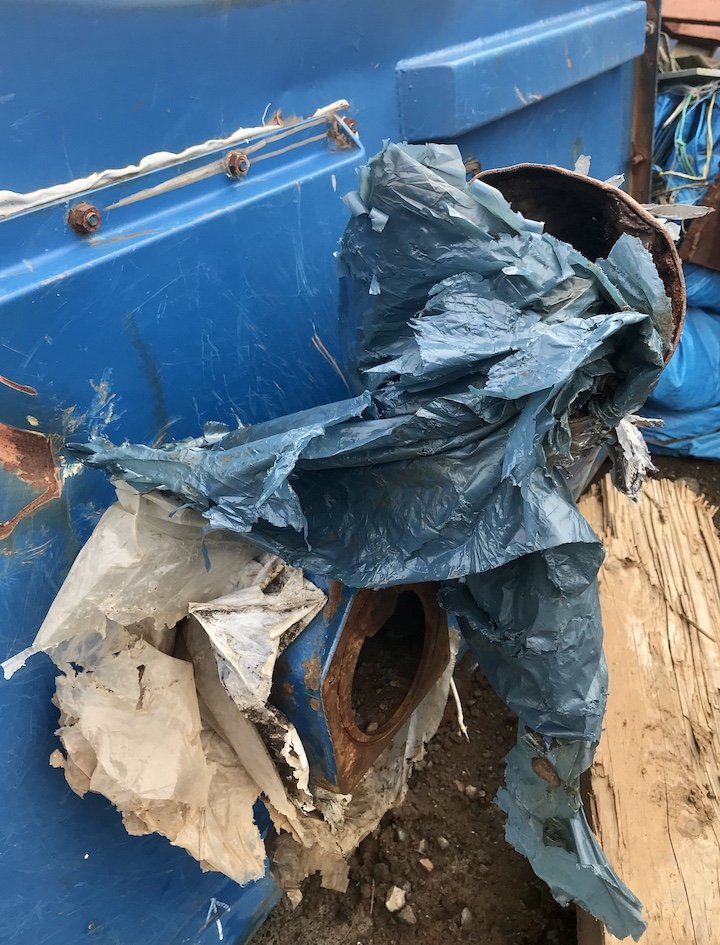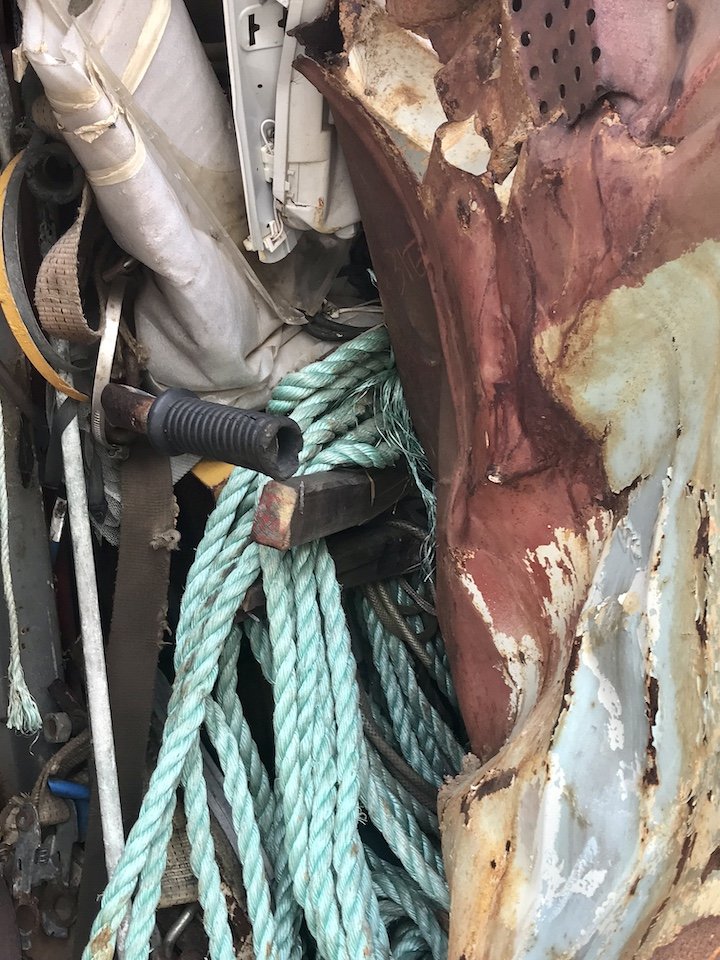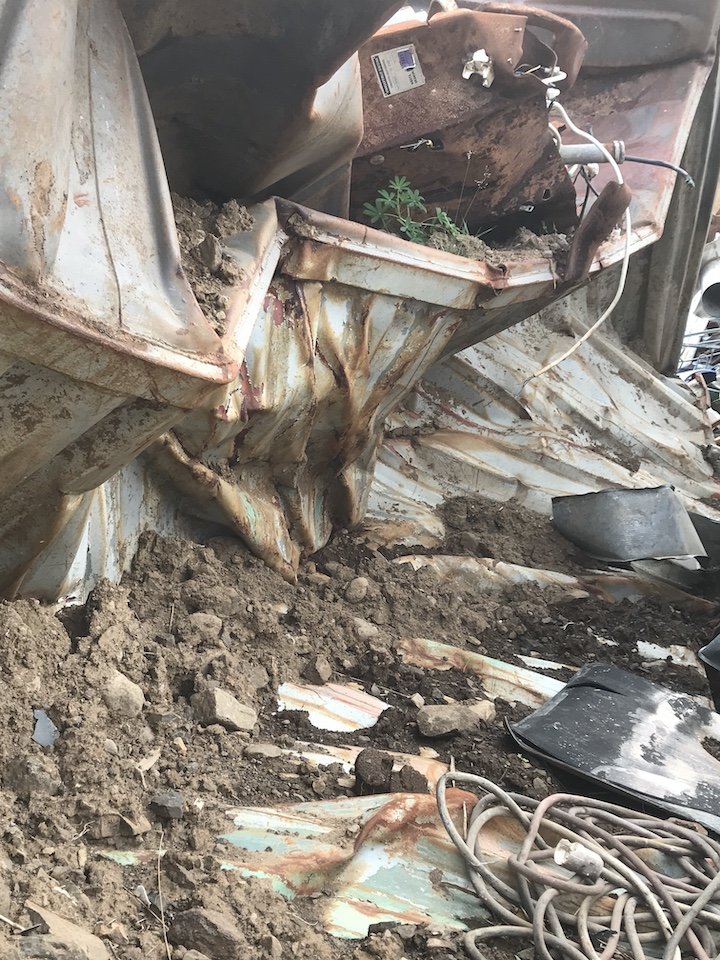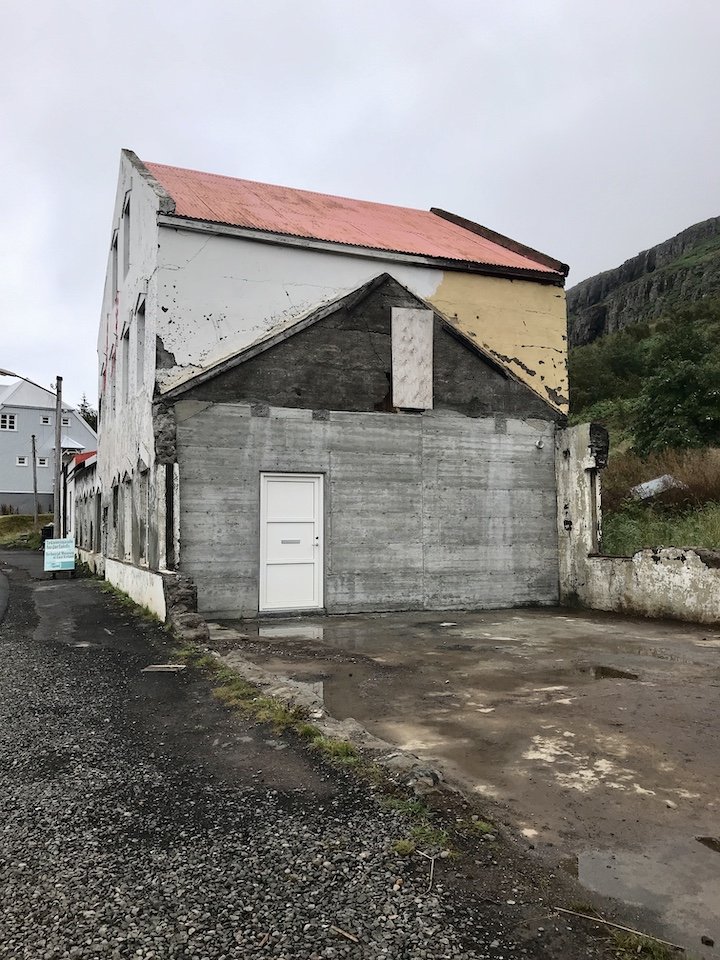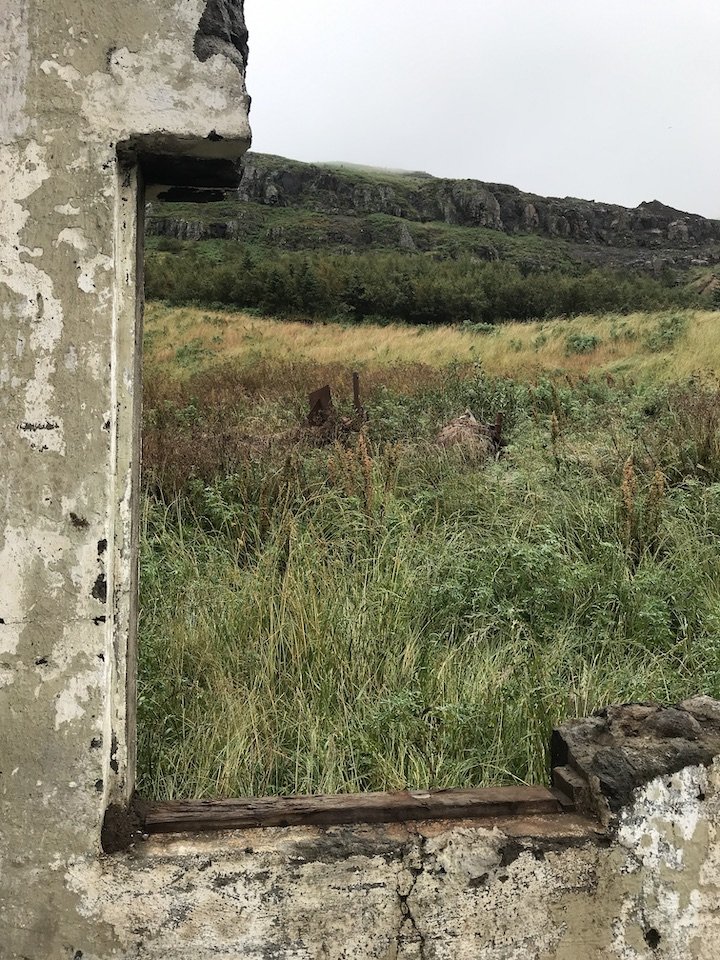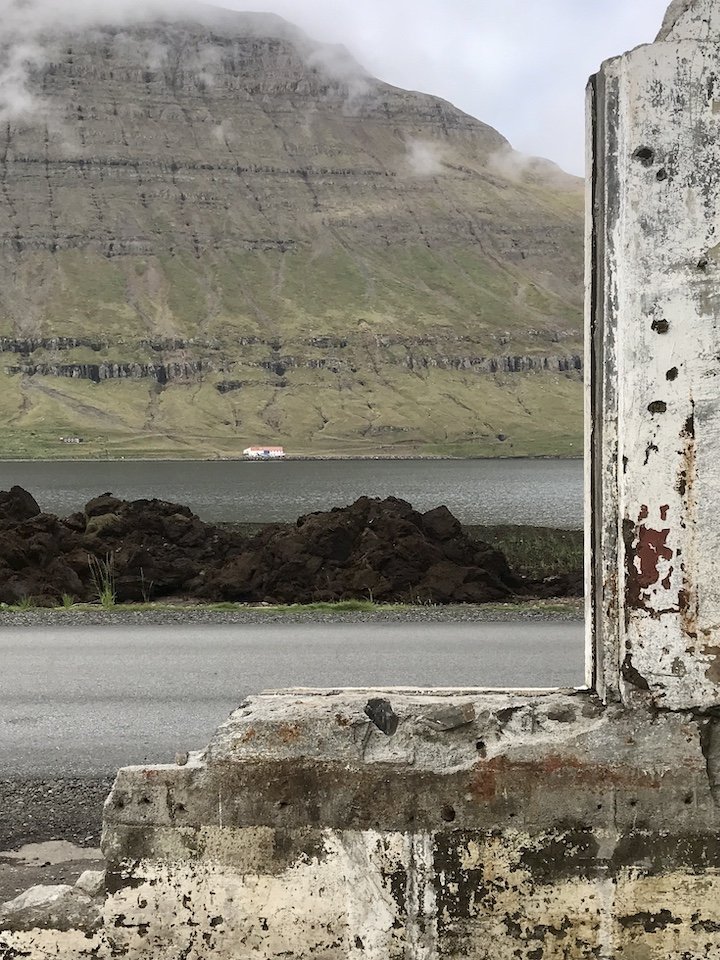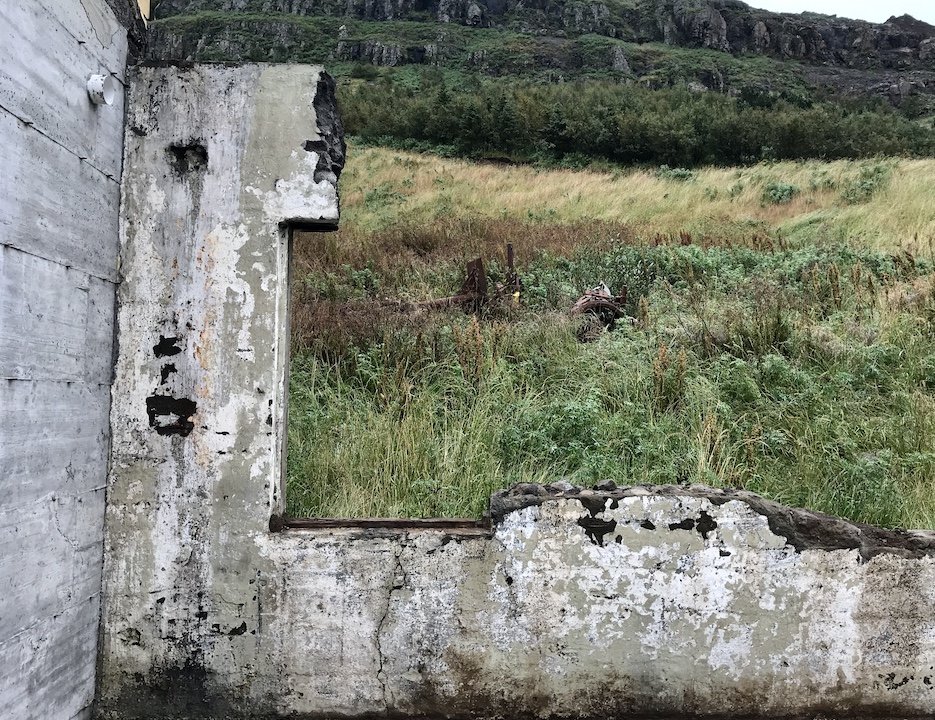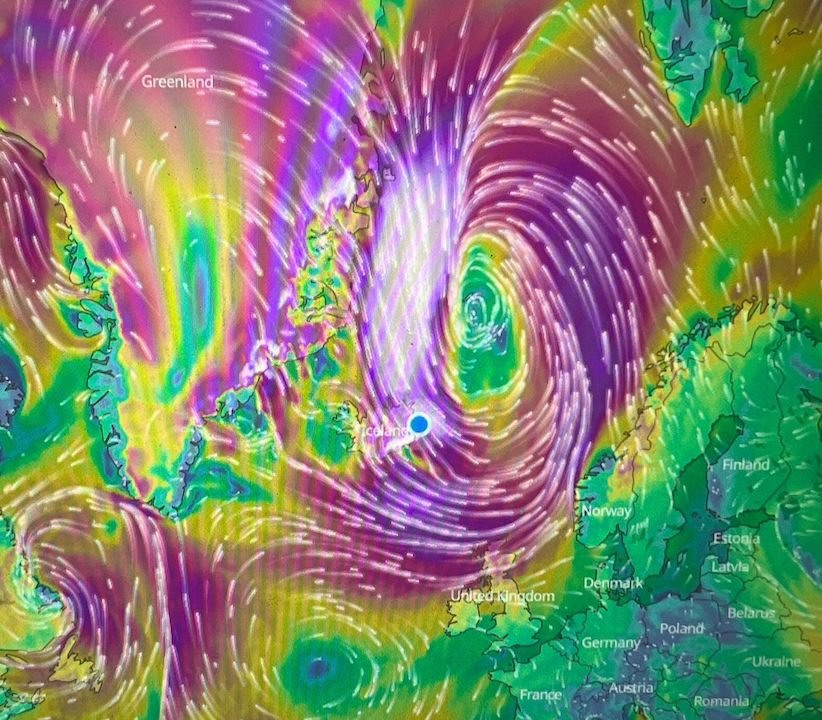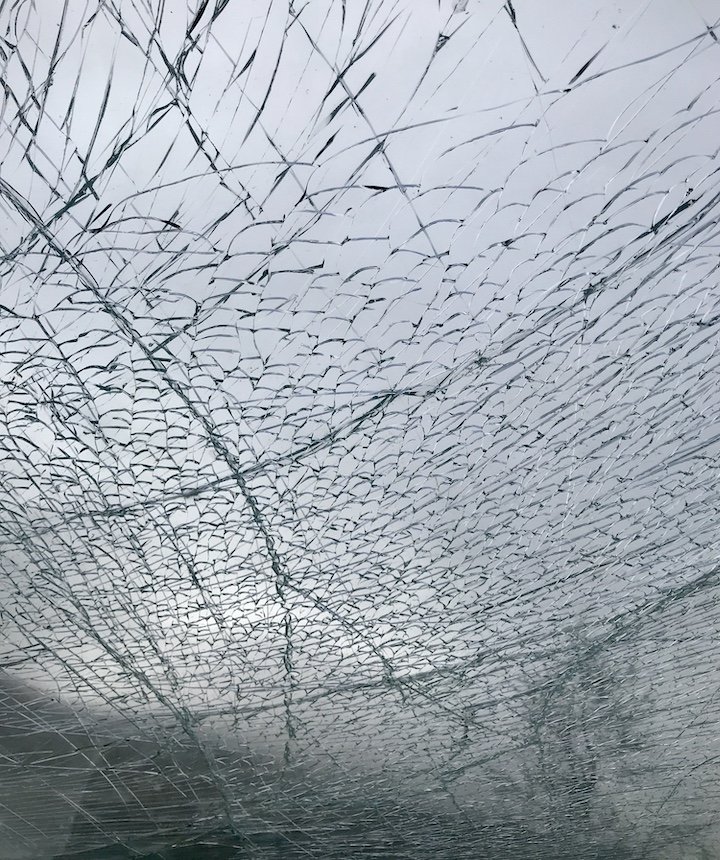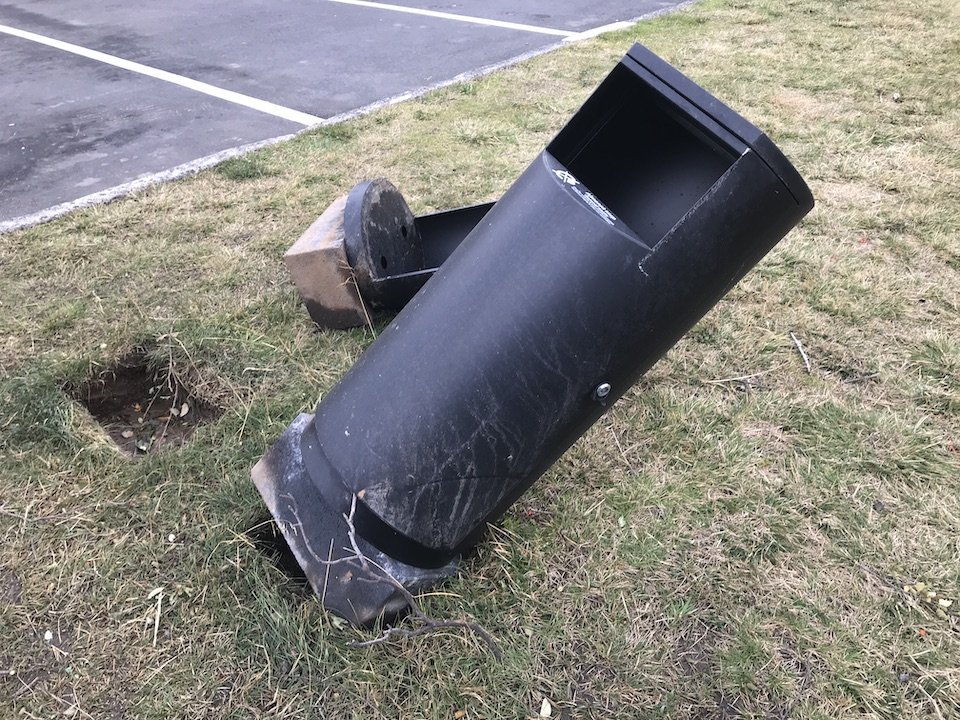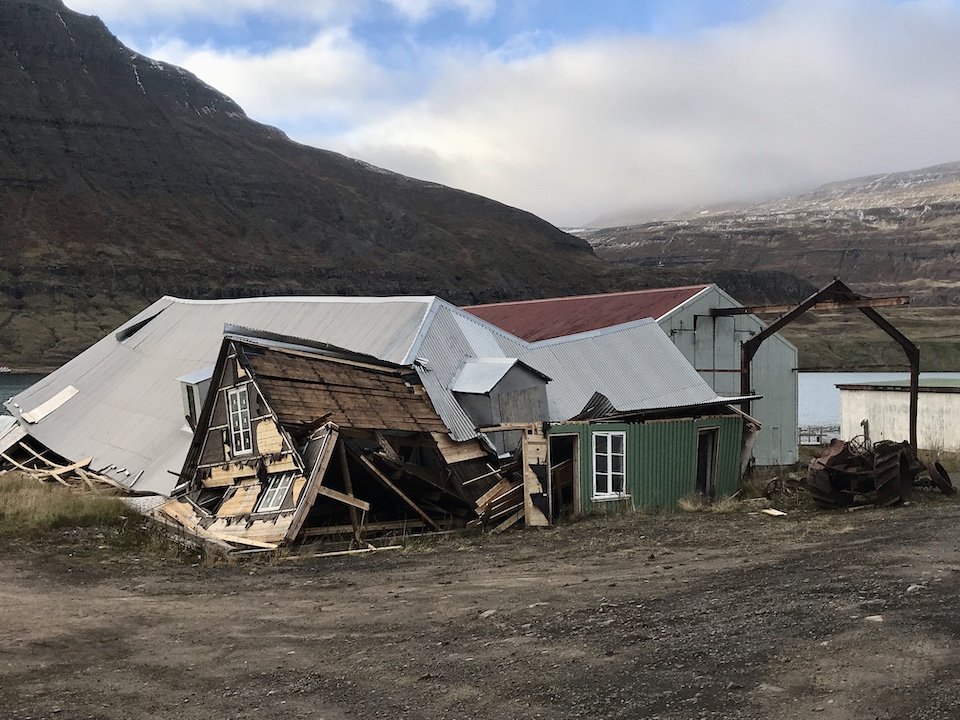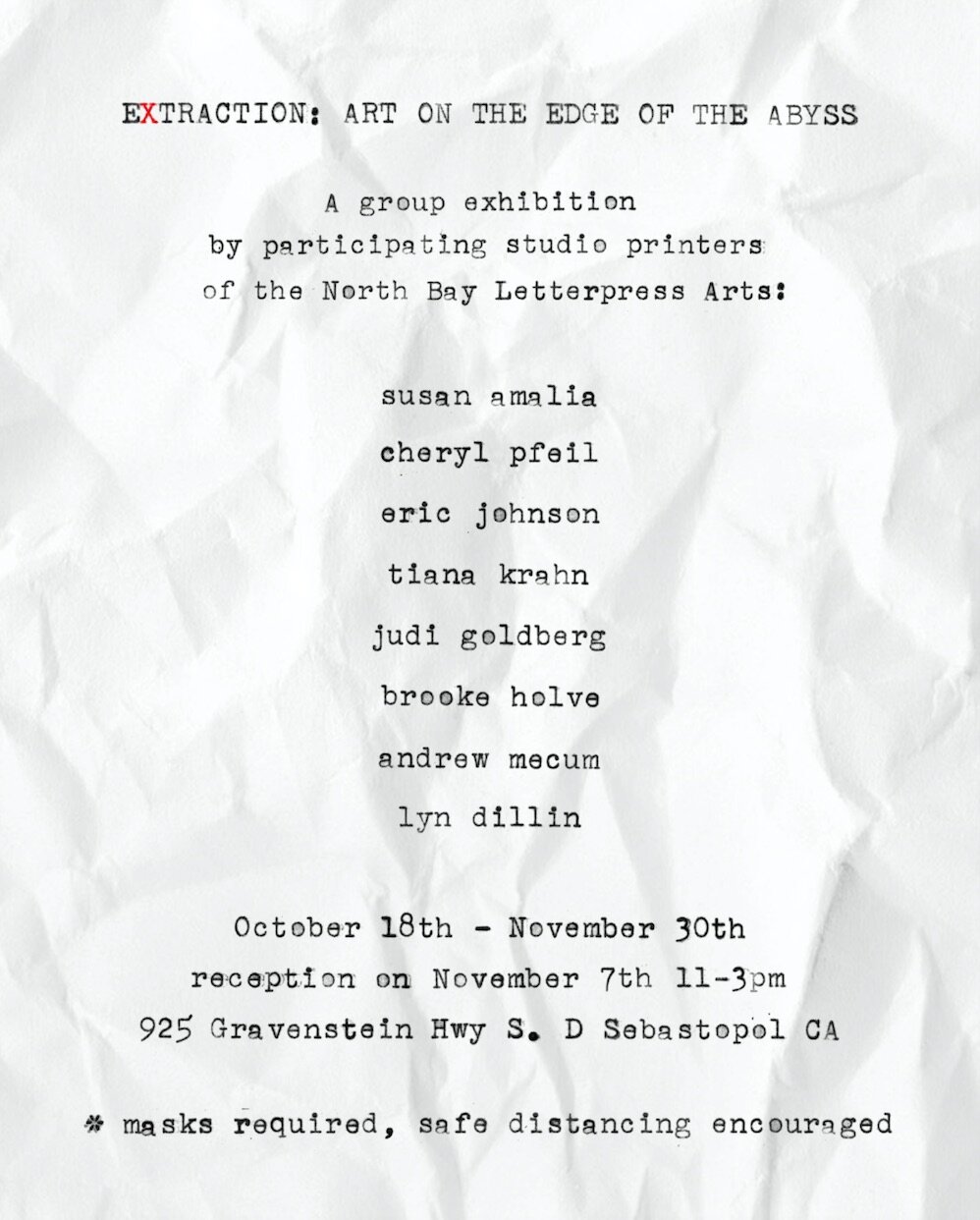Laguna de Santa Rosa (linocut monotype and letterpress on mulberry paper) by Tiana Krahn for Watershed Moment postcard
Join the Laguna Foundation for the opening of Watershed Moment, a new exhibit from North Bay Letterpress Arts. Featuring original works by local letterpress printers—some in collaboration with poets—the show pairs words and visuals to celebrate the unique beauty of the Laguna de Santa Rosa. It also explores the creative interplay of language, image and nature using handmade papers, materials from the Laguna and letterpress and other printing techniques.
The exhibit is on display from
SAT. SEPTEMBER 6 - DECEMBER 19th
Laguna Foundation Gallery
900 Sanford Road, Santa Rosa.
OPENING RECEPTION
SATURDAY, SEPTEMBER 6, 3-5 PM.
For this exhibit I have explored crumpling as process and form using the words of two poets, judi goldberg ( Is1 & Is2 ) and Elizabeth Herron ( Folded Wing ). Three of the four artworks exhibited are featured above.
More about crumples and crumpling A crumple is a strong complex shape that resembles a rock and its textures of nooks, crevasses, cracks, edges and breaks. Crumpling a crumple is a gesture. I have been exploring both in these abstract artworks. What you see are prints from crumpled papers and crumpled words of poets, judi goldberg & Elizabeth Herron.
About
A crumple, a carrier of hands’ work, works my hands, crushing, kneading paper, rocking to from back and forth, squeezing compressing again again pressing against a resistant surface feeling like I am destroying the material with thoughtless gestures.
Until I’m not
an artist in control. I am in mesh, sync, one, working with a material be ing be coming—a thing of its own, something else, as is, it is, changing. It’s mysterious. Physicists are still trying to understand its nature. It’s haphazard. I don’t know what to to expect. With each crumple repeated a unique form emerges.
The material collapses upon itself from a two-dimensional shape to a three-dimensional textural object. This gesture activates, a shift altering perception of what it was. A displacement of sorts. Perhaps a destructive and transformative process that uncovers other possibillities for seeing.
It’s similar to how the earth’s crust crumples as it occurs in volcanic eruptions, earthquakes, glaciation, changing climate—forming mountain ranges, scree, even watersheds—a different landscape continually reassembling, reordering itself to another unfinished state. Crumpling is a way of aligning with the forces of the earth and the unpredictability of life itself. It’s in all ways moving.














